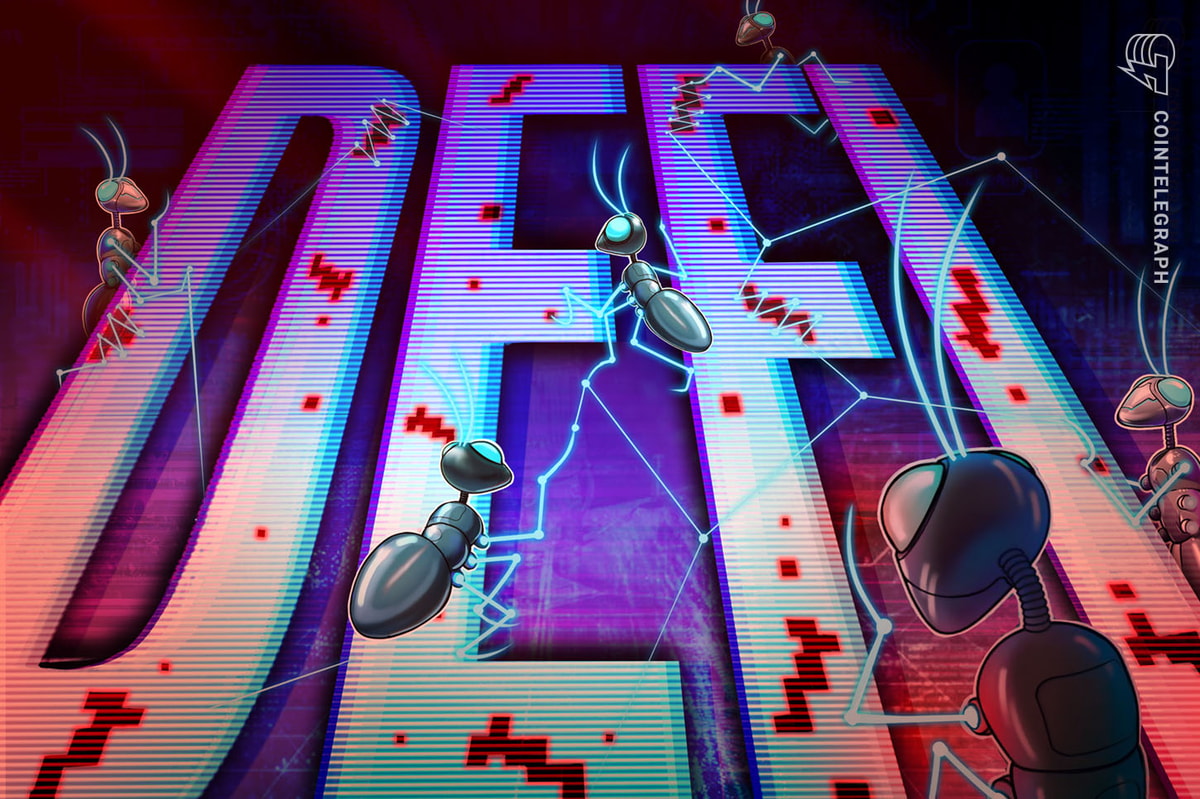Before the major failures of 2022, centralized exchanges (CEXs) pioneered crypto adoption with their accessibility, diverse features and direct fiat gateways — features that were mostly lacking in the decentralized ecosystem. However, CEXs received significant blows in user confidence when major exchanges such as FTX collapsed one after another last year.
As crypto users become more aware of self-custody, they realize they are losing control of their crypto assets as soon as they send their funds to a centralized exchange. The recent SEC filing against two of the top CEXs, Binance and Coinbase, also put forth the need for more transparency and user governance of centralized entities. In short, once their funds enter into a centralized crypto exchange, whether it’s via a fiat on-ramp or crypto deposit, users have no control and no idea of how it’s managed.
The mismanagement of funds by centralized entities triggered an exodus from crypto exchanges to self-custody and decentralized alternatives for trading. In the months following the FTX crash, people withdrew a record amount of Bitcoin (BTC) from exchanges to self-custody.

Investors withdrew BTC to self-custody at a rate of over 100,000 BTC per month. Source: Glassnode
Self-custody needs to offer a simpler experience
However, users soon discovered that decentralized exchanges (DEXs) don’t offer the same level of accessibility. For one, most DEXs don’t provide direct fiat gateways, so users would still need a centralized crypto exchange to on-ramp or off-ramp crypto.
While decentralized platforms provide self-custody and transparency via smart contracts on a blockchain, they also require a technical understanding due to roughly designed user interfaces and screens. On top of that, users were unable to find crypto exchanges’ advanced spot trading features, including limit orders, dollar-cost-averaging or trailing stop loss on decentralized trading platforms. While the lack of user-friendly screens and features deterred newcomers, the need for leverage and margin trading for experienced traders was also left unanswered.
With the rise of interest in self-custody, the decentralized finance (DeFi) ecosystem ramped up its efforts to address the concerns and needs of the average user who is used to putting advanced trading orders from a simple screen while depositing or withdrawing fiat money without leaving the platform.
To build a reliable, accessible and transparent alternative to CEXs, Unstoppable:DeFi builds an end-to-end decentralized ecosystem that gives users full control over their crypto assets while enabling them to trade with the convenience and features they’re used to having in centralized exchanges.
With the core values of crypto — decentralization, permissionlessness and self-custody — at heart, Unstoppable:DeFi offers integrated spot and margin trading, advanced trade orders and a direct gateway to fiat with a user-friendly wallet.
Full suite of decentralized alternatives
To onboard new users to the DeFi ecosystem while keeping the features that experienced traders seek, the Unstoppable:DeFi team has built a user-friendly decentralized exchange named Unstoppable:DEX, where users can directly deposit or withdraw fiat currency, eliminating the need for third-party on- and off-ramps.
Built on top of existing DeFi liquidity, the spot trading platform features advanced order types, including limit orders, dollar-cost-averaging and trailing stop-loss, with a simple user interface.

Unstoppable:DEX, a core offering of the Unstoppable:DeFi ecosystem, simplifies opening long or short positions in leverage trading. Source: Unstoppable:DeFi
The margin DEX, on the other hand, provides single-sided liquidity where users lend out their funds for traders to assume leverage while all trades are backed by swapping the funds on existing DeFi liquidity. This means users can only trade between two deposited assets, eliminating impermanent loss for liquidity providers who want to earn yields in a sustainable way.
One of the key components of the project is its noncustodial wallet — the Unstoppable:Wallet. Launching in 2023, the wallet is purposely built as a decentralized management tool for cryptocurrencies. The wallet helps newcomers get involved in crypto trading without complicated registration and includes some essential features to store, exchange and monitor cryptocurrency performance while remaining private. Combined with the ease of use of its trading platform, the wallet ensures users don’t have to give up on the core principles of crypto. At all times, users own their private keys, meaning only they have access to their funds.
Having the ambition to “put centralized exchanges out of business,” pseudonymous “0xNic,” the founder of Unstoppable:DeFi, explained that the project is self-funded and did not go through any venture capital or seed rounds. What’s more, the team had to build its own token sale model, as none of the available launchpads could offer fair mechanics for its public token sale.
According to 0xNic, once the Unstoppable ecosystem is fully built out, there won’t be a need to use a CEX. They added:
“Instead, there will be a truly crypto-native alternative with the same, or better, features, that doesn’t compromise on the core values of crypto — self-custody, decentralization and permissionlessness.”
Unstoppable:DeFi plans a dual token model where the community has access to the liquid token while the team receives the secondary token that needs to be vested over 12 months to be sold into the public liquidity. Following the launch of its suite of decentralized apps, Unstoppable:DeFi aims to transition into a fully decentralized autonomous organization (DAO) down the line.
Disclaimer. Cointelegraph does not endorse any content or product on this page. While we aim at providing you with all important information that we could obtain in this sponsored article, readers should do their own research before taking any actions related to the company and carry full responsibility for their decisions, nor can this article be considered as investment advice.












